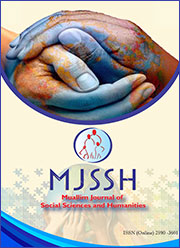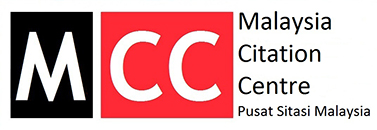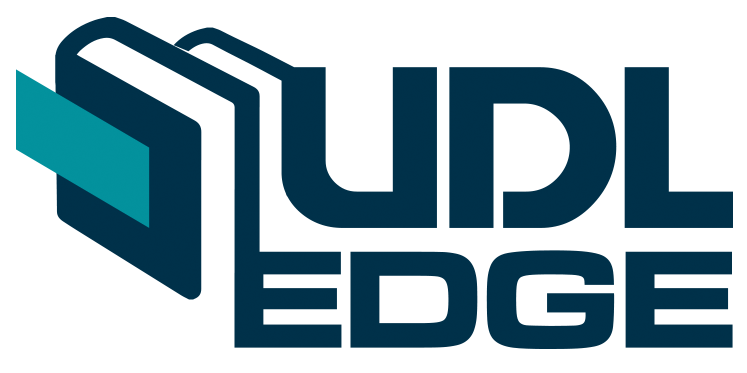Relationship between soft skills and language learning
Keywords:
soft skills, language, communication, critical thinking, empathyAbstract
Soft skills play a crucial role in language learning, as they contribute significantly to a learner's ability to effectively communicate, collaborate, and adapt in a multicultural and multilingual environment. This paper explores the intricate relationship between soft skills development and language acquisition. By analyzing the impact of soft skills such as communication, critical thinking, empathy, and cultural awareness on language learning outcomes, this study aims to shed light on the importance of integrating soft skills training into language education programs. Through a review of relevant literature and case studies, this paper highlights the positive influence of soft skills on language proficiency, intercultural competence, and overall learning success. The findings underscore the need for educators to foster the development of soft skills alongside language skills to empower learners to thrive in diverse linguistic contexts. Soft skills are essential to language learning success because they improve learners' ability to communicate effectively, collaborate, and adapt to diverse cultural and linguistic environments. This article explores the significance of language acquisition through soft skills using a questionnaire comprising 14 questions categorized into 3 main sections. Each section contains 4 questions about a particular aspect that was randomly assigned. Responses were gathered from a diverse sample of individuals from universities and colleges in Kazakhstan. The findings of this study offer a preliminary investigation into the effectiveness of language learning through soft skills and suggest potential avenues for future research.
References
Amini, A., Gabriel, S., Lin, S., Koncel-Kedziorski, R., Choi, Y., & Hajishirzi, H. (2019). MathQA: Towards Interpretable Math Word Problem Solving with Operation-Based Formalisms, 2357-2367. http://doi.org/10.18653/v1/N19-1245
Arpentieva, M.R., Retnawati, H., Akhmetova, T.A., Azman, M.N.A., Kassymova, G.K. (2021). Constructivist approach in pedagogical science. Challenges of Science. Issue IV, 2021, pp. 12-17. https://doi.org/10.31643/2021.02
Boroughani, T., Behshad, N., & Xodabande, I. (2023). Mobile-assisted academic vocabulary learning with digital flashcards: Exploring the impacts on university students' self-regulatory capacity. Frontiers in psychology, 14, 1112429. https://doi.org/10.3389/fpsyg.2023.1112429
Cangelosi, A., Metta, G., Sagerer, G., Nolfi, S., Nehaniv, Chrystopher L., Fischer, K., Tani, J., Belpaeme, Tony, Sandini, G., Nori, F., Fadiga, L., Wrede, B., Rohlfing, K., Tuci, E., Dautenhahn, K., Saunders, J., & Zeschel, Arne. (2010). Integration of Action and Language Knowledge: A Roadmap for Developmental Robotics. IEEE Transactions on Autonomous Mental Development, 2, pp. 167-195.
Cinque, M. (2016). “Lost in translation”. Soft skills development in European countries”. Tuning Journal for Higher Education 3(2), 389-427 http://doi.org/10.18543/TJHE-3(2)-2016PP389-427
Crossman, J., & Clarke, M. (2010). International experience and graduate employability: stakeholder perceptions on the connection. Higher Education, 59, 599-613. http://doi.org/10.1007/S10734-009-9268-Z
Culpin, V., & Scott, H. (2012). The effectiveness of a live case study approach: Increasing knowledge and understanding of ‘hard’ versus ‘soft’ skills in executive education. Management Learning, 43, 565-577. http://doi.org/10.1177/1350507611431530
Elaish, Monther M., Shuib, Liyana, Ghani, N., &Yadegaridehkordi, E. (2019). Mobile English Language Learning (MELL): a literature review. Educational Review, 71, 257-276.http://doi.org/10.1080/00131911.2017.1382445
http://doi.org/10.1109/TAMD.2010.2053034
http://doi.org/10.1109/TASLP.2014.2303296
Iverson, J., & Braddock, Barbara A. (2011). Gesture and motor skill in relation to language in children with language impairment. Journal of speech, language, and hearing research: JSLHR, 54 1, 72-86. http://doi.org/10.1044/1092-4388(2010/08-0197)
Ketebayeva, E., Kassymova, G., Ponniah, K., Makhmut, A. (2024). Impact of online language learning on psychological well-being. Challenges of Science. Issue VII, pp. 11-19. https://doi.org/10.31643/2024.02
Kirsanova, G. & Lazarev, V. (2019). Content- and Language-Integrated Learning. Advances in Higher Education and Professional Development. 11 http://doi.org/10.4018/978-1-5225-3395-5.CH025
Lee, H., & et al. (2016). Study on the effect of corrective feedback time on the assimilation of new language structures. Journal Name, Volume (Issue), Page Range. http://doi.org/xxxxx
Low, J. (2010). Preschoolers' implicit and explicit false-belief understanding: relations with complex syntactical mastery. Child development, 81, 2, 597-615. http://doi.org/10.1111/j.1467-8624.2009.01418.x
Mahardika, A. A. N. Y. M., Rahmajanti, S., & Suwastini, N. K. A. (2023). Unpacking Stages of Mobile-Assisted Language Learning Adoption: A Narrative Inquiry. Journal of Education Technology, 7(1), 194–202. https://doi.org/10.23887/jet.v7i1.6064
Manning, Christopher D., Clark, K., Hewitt, J., Khandelwal, U., & Levy, O. (2020). Emergent linguistic structure in artificial neural networks trained by self-supervision. Proceedings of the National Academy of Sciences,117, 30046-30054. http://doi.org/10.1073/pnas.1907367117
Monaghan, P., Christiansen, M. H., & Fitneva, S. A. (2011). The arbitrariness of the sign: learning advantages from the structure of the vocabulary.Journal of experimental psychology. General, 140(3), 325-47 http://doi.org/10.1037/a0022924
Oxford, R.L. (2011). Strategies for learning a second or foreign language. Language Teaching, 44, 167-180. http://doi.org/10.1017/S0261444810000492
Pratama, H., Azman, M., Zakaria, N., & Khairudin, M. (2022). The effectiveness of the kit portable PLC on electrical motors course among vocational school students in Aceh, Indonesia. Kompleksnoe Ispolzovanie Mineralnogo Syra = Complex Use of Mineral Resources, 320(1), 75–87. https://doi.org/10.31643/2022/6445.09
Puig-Mayenco, E., Rothman, J., & Tubau, S. (2022). Language dominance in the previously acquired languages modulates rate of third language (L3) development over time: A longitudinal study. International Journal of Bilingual Education and Bilingualism, 25(5), 1641-1664. https://doi.org/10.1080/13670050.2020.1792408
Sarikaya, R., Hinton, Geoffrey E., &Deoras, A. (2014). Application of Deep Belief Networks for Natural Language Understanding. IEEE/ACM Transactions on Audio, Speech and Language Processing, 22, 778-784.
Westergaard, M., Mitrofanova, N., Mykhaylyk, R., & Rodina, Y. (2017). Crosslinguistic influence in the acquisition of a third language: The Linguistic Proximity Model. International Journal of Bilingualism, 21, 666-682. http://doi.org/10.1177/1367006916648859
Whiteside, D., Kealey, T., Matthew, S., Luu, H., Rice, L., Basso, M., & Roper, B. (2016).Verbal Fluency: Language or Executive Function Measure? Applied Neuropsychology: Adult, 23, 29-34. https://doi.org/10.1080/23279095.2015.1004574
Published
 Abstract Display: 0
Abstract Display: 0  PDF Downloads: 0
PDF Downloads: 0 Issue
Section
Copyright (c) 2024 Anel B. Serik, Gulzhaina K. Kassymova, Saida D. Kosbay, Ardak K. Kalimoldaeva, Zhamal Dzhambulova

This work is licensed under a Creative Commons Attribution-NonCommercial 4.0 International License.














 This work is licensed under a
This work is licensed under a